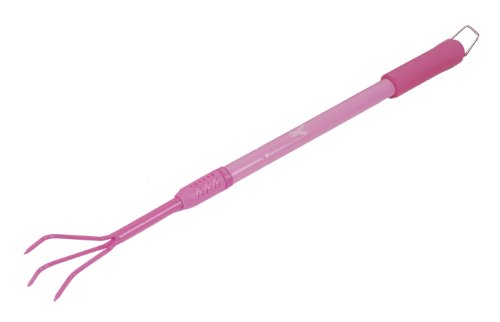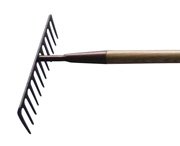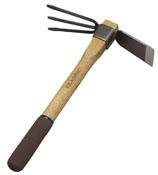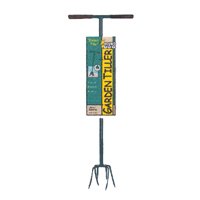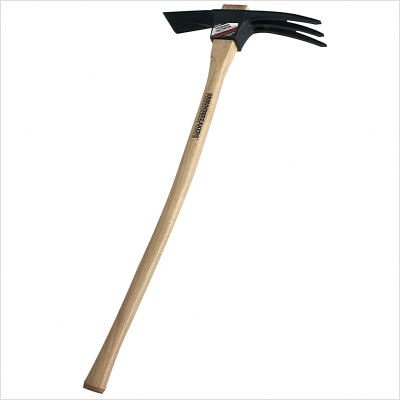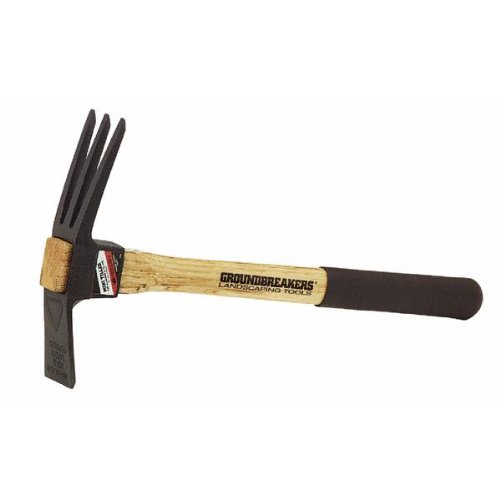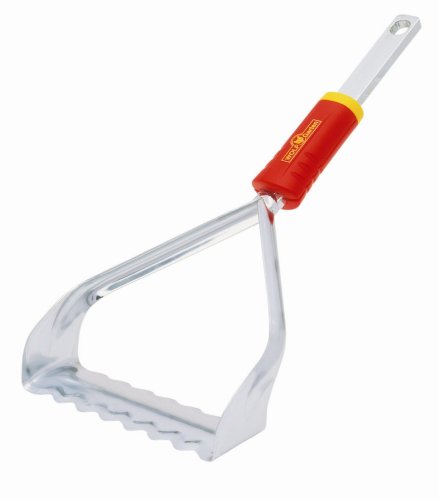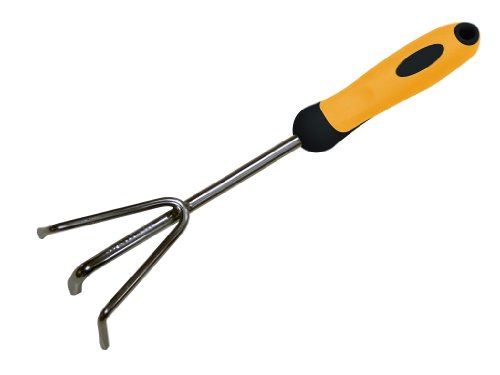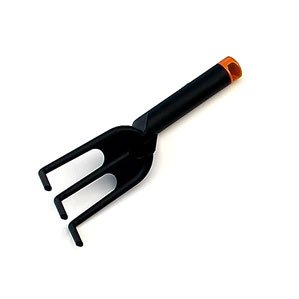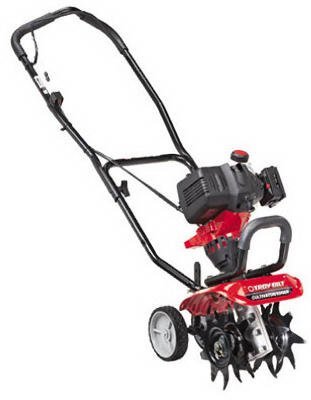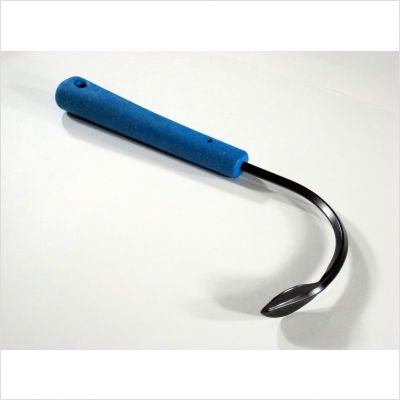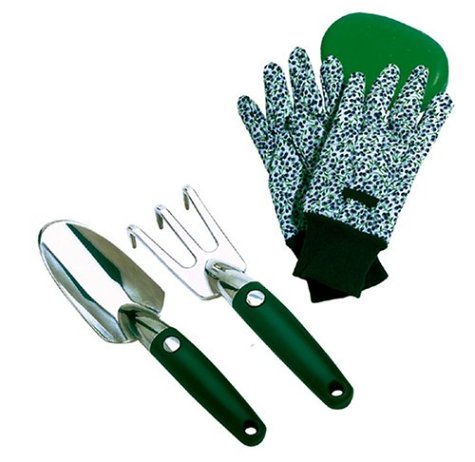Site Preparation
If the seeding or planting, is the quality of the turf near home as well the soil and the grass on the ground were tied mixture preparation. In affiliation often returns to haunt the homeowner in the form of lawn chronic problems, such as straw, weeds and diseases.
The removal of existing weed problems on the site is an important first step. Perennial weeds like couch grass should be controlled before sowing or planting the lawn. One way is to dig,hand, making sure the roots and stems are completely removed. Another possibility is to provide a translocation (moving into the system), non-selective herbicide, such as (sold Roundup and other trade names) use of glyphosate. move glufosinate-ammonium (Finale) is not so limited control of perennial weeds. Both herbicides leave residues in the active soil, the seedlings would be detrimental. Read, understand and follow all label instructions.
Another important step in preparingLawn establishment is working hard on the floor (cutters) before sowing or planting. Amend the soil, such as bricks, with the addition of organic matter. Sources of compost, rotted manure, peat, and soil quality. Incorporate these materials into the ground, rather than layering on the surface. Sand is not that of clay soil as a material for improving the proposed home Grand Prix. Six inches or more proposals from the ground well prepared.
Soil tests are also proposedprior to establishment. Check with your local Cooperative Extension Office on how to get a soil test. Key information revealed by soil testing includes soil pH and amount of available nutrients such as phosphorus (P) and potassium (K). If major modifications are needed, it is easier to make these prior to establishing the lawn and lawns will get off to a better start when soils are modified prior to establishment. Lawn grasses prefer soil pH values between 6.0 and 7.0 (slightly acidic).
Lower soil pH (make more acidic) by adding elemental sulfur. Raise soil pH (make more alkaline) by adding limestone. Only add these materials when soil tests indicate a need and base the rate on soil test results. Starter fertilizers may also be mixed into the soil surface prior to lawn establishment. Starter fertilizers typically have balanced ratios of nitrogen, phosphorus, and potassium (N, P, K), such as 10-10-10 or 12-12-12. Soil test results may reveal nutrient shortages which would influence how much starter fertilizer is needed.
When preparing the soil, it's important to establish a favorable final grade. Rough grading should include removal of any rocks or other debris. Avoid burying any construction debris, as this could cause problems for the grass later. Eliminate any depressions or raised areas. Final slopes should be one to two percent away from buildings (one to two feet drop per 100 feet of run) to assure good surface drainage.
Seeding & Sodding Lawns
Once the site is prepared and the proper grasses have been chosen, it's time to plant the lawn. Deciding whether to seed or sod involves a number of factors, as outlined below. Assuming planting is done properly, the end result of a healthy lawn should be the same whether establishing via seeding or sodding.
Comparing Seeding and Sodding Home Lawns
Advantages of Seeding
* Large choice of species and cultivars to use
* Less expensive
* Lawn develops on site
Disdvantages of Seeding
* Longer period to wait for useable lawn
* Greater chance of weed invasions & erosion
* Relatively short favorable time for establishment
* May need to reseed
Advantages of Sodding
* 'Instant' lawn
* Fewer weed invasions
* Longer favorable time for establishment
* Less erosion problems
Disdvantages of Sodding
* Expensive
* Less choice in species and varieties
* Potential soil incompatibility problems
* Rooting speed varies
Timing is critical to assure success when seeding lawns. Mid August to early September is the ideal time for seeding lawns and April would be a second choice. Seeding in late spring through mid-summer often leads to problems. Suggested seeding rates are found below. Exceeding rates may result in weak, spindly seedlings and potential disease development. Newly seeded grasses must receive adequate moisture to assure germination and early seedling survival. Putting down a light straw mulch can help prevent rapid drying and helps keep the soil in place until the grass is established. Use about one bale per 1,000 square feet.
When sodding, purchase quality sod that has been freshly cut. Try to use sod that has been grown on a similar type of soil as exists on the site; most of northern Illinois has mineral soils so try to get sod grown on mineral soil. Install promptly. Stagger edges in a similar pattern as laying bricks. Avoid stretching sod or gaps between pieces of sod.
New sod should be watered thoroughly after installation, and then frequently until the sod is established. Water should go down through the sod to moisten the soil underneath for good root development. Mow newly sodded lawns on a regular basis so that no more than one third of the grass height is removed in a single mowing. A height between two and three inches is suggested. Core aerify a sodded lawn after the sod has firmly rooted to the soil. Don't fertilize newly sodded lawns until the next suggested time in the normal fertilizing schedule; details on these and other lawn care practices are discussed in other lessons of the Lawn Challenge.
Suggested Seeding Rates for Lawn Grasses
Species in Seed Mix Rate (pounds/1,000 sq.ft.)
Kentucky bluegrass 1 to 3"
Kentucky bluegrass/perennial ryegrass 3 to 4"
Kentucky bluegrass/fine fescue 3 to 5"
Tall fescue 6 to 9"
Recommend : Standby Generator

